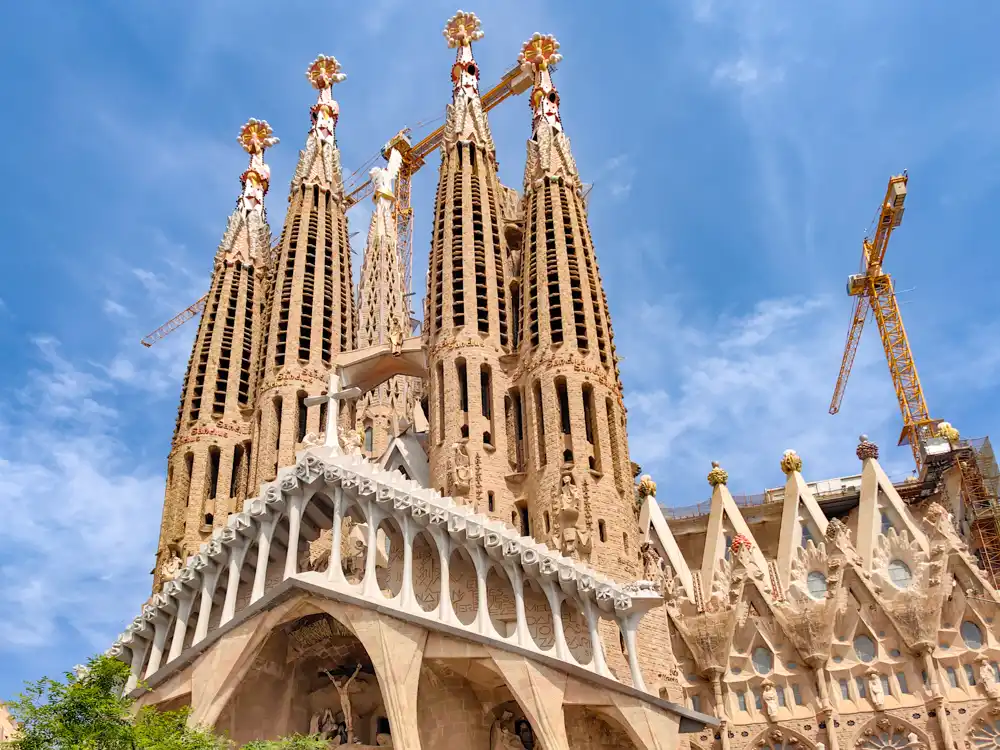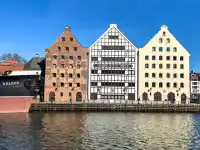Describing Barcelona in a single sentence is nearly impossible. It’s a city that smells of the sea, bustling cafés, and something indescribable—perhaps Joan Miró, perhaps Antoni Gaudí, or maybe a blend of art, originality, and Spanish history. Gaudí’s buildings curve through the streets like tree branches, yet you can always recognize them by the crowds of people waiting in line.
Gaudí is a phenomenon and a man of great value. It’s entirely possible that Gaudí never saw in his lifetime as much money as the city of Barcelona collects from tourists in a single day today. His buildings are unique. They seem to grow naturally from the earth—not as something crafted by human hands, but as if nature itself created them. Gaudí’s Barcelona always has a surprise in store for every visitor.
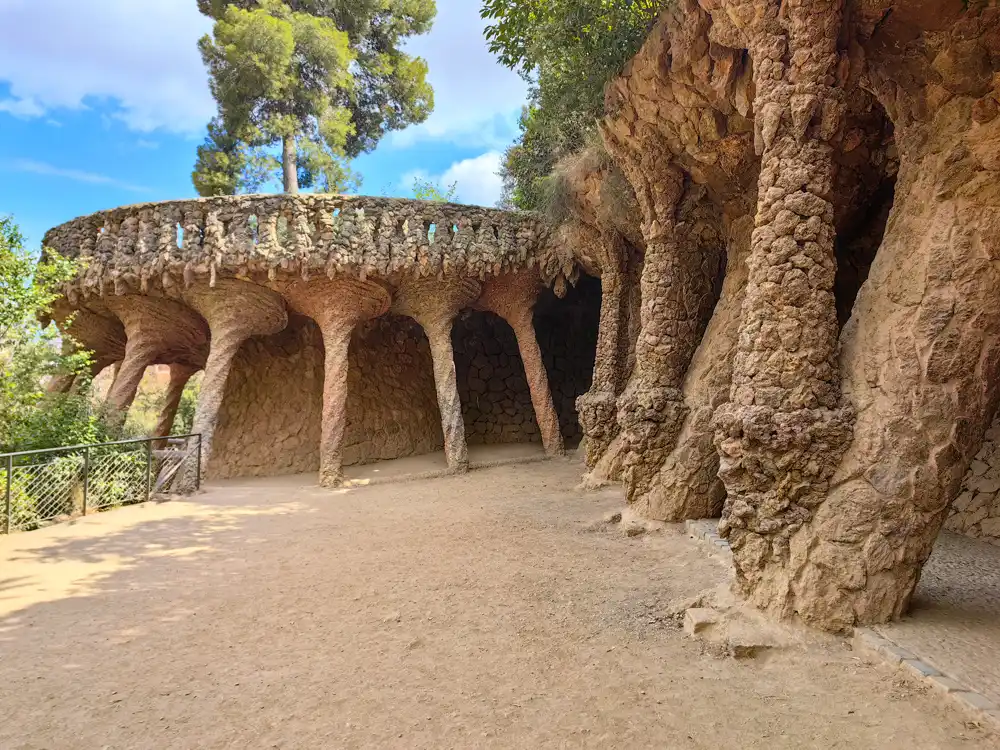
Antoni Gaudí
Gaudí was no typical architect. Nor was he a bohemian, though Barcelona had plenty of those in his time. He was an unusual loner, deeply religious, obsessed with nature and the perfection of its forms. When designing buildings, he didn’t measure with a ruler but followed his instincts. He didn’t see bricks as mere building materials but as living cells that needed to come together to breathe.
Experts say his studios were not just ordinary workshops but real laboratories. The models he created were not just visual representations but organic structures tested against the laws of physics. When designing the Sagrada Família, for example, he built inverted models to understand how the structure would bear its weight.
Gaudí’s Houses
Before visiting Barcelona, we did some research. Gaudí’s influence is present on every corner of the city. His works are not just buildings but living organisms where nature blends with imagination, and every detail has significance. To truly immerse ourselves in his world, we couldn’t miss four iconic houses: Casa Vicens, Casa Batlló, Casa Milà, and La Pedrera.
Casa Vicens – Gaudí’s First Masterpiece
📍 Address: Carrer de les Carolines, 20-26, Gràcia
Casa Vicens (1883–1885) was Gaudí’s first major project, and it differs significantly from his later works. This colorful mosaic villa reflects Moorish and Oriental architectural styles and was commissioned by wealthy tile manufacturer Manuel Vicens. Tiles play a central role in its design, combining Islamic, Gothic, and natural motifs. This building is key to understanding Gaudí’s early creative phase and his fascination with organic forms.
Casa Batlló – A House That Flows Like the Sea
📍 Address: Passeig de Gràcia, 43, Eixample
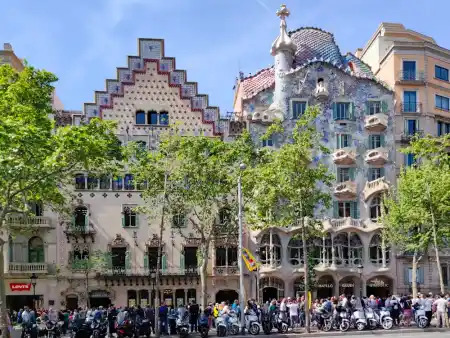
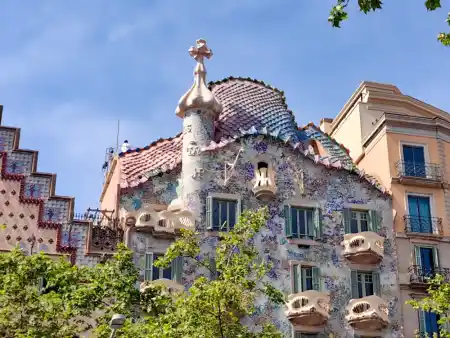
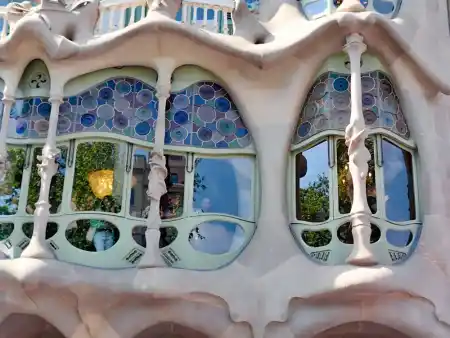
Casa Batlló (1904–1906) is one of Gaudí’s most iconic works, if not the most famous house in Barcelona. Its undulating façade gives the impression of melting sandstone or an ocean floor reflecting sunlight in a mosaic of colors. It’s said to represent the legend of Saint George (Sant Jordi)—the roof resembles dragon scales, while the balconies look like the skulls of its victims.
Inside, there are no straight lines—the ceilings resemble ocean waves, the staircases mimic a whale’s spine. Gaudí proved here that a house doesn’t have to be just a dwelling but can be a piece of art that tells a story.
Casa Milà – La Pedrera: A House Without Straight Walls
📍 Address: Passeig de Gràcia, 92, Eixample
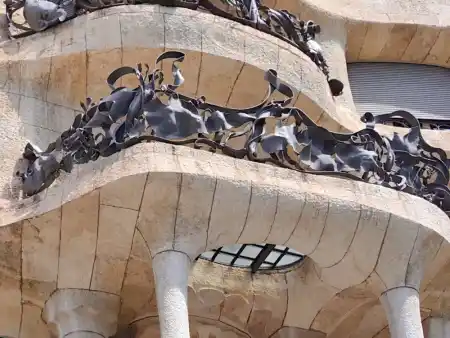
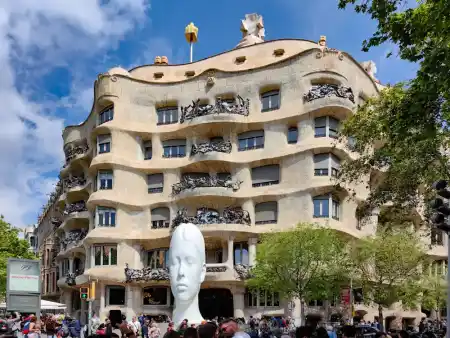
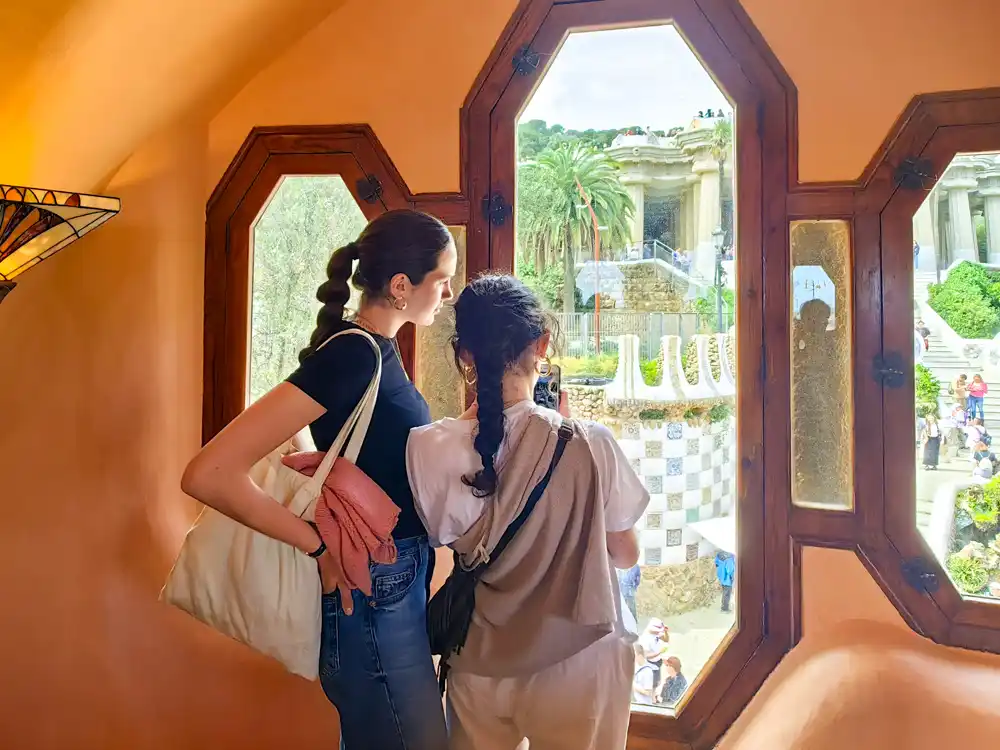
Casa Milà (1906–1912), also known as La Pedrera (“The Stone Quarry”), was Gaudí’s last residential project before he dedicated himself entirely to the Sagrada Família. At first glance, it looks like a natural rock formation, shaped not by human hands but by wind and rain. The wavy limestone façade and surreal wrought-iron balconies resemble climbing plants or sea creatures.
The greatest treasure of La Pedrera is its rooftop—a sci-fi landscape of bizarre chimneys and ventilation towers that look like helmeted warriors. Gaudí drew inspiration from natural structures—caves, sand dunes, and water movement.
Casa Milà was not well received at first—many Barcelonians mocked it, calling it too radical. Today, it is one of the city’s most visited landmarks and a UNESCO World Heritage Site.
Why Should You See These Houses?
Gaudí’s Barcelona is more than architecture—it’s a collection of living sculptures where nature, faith, and imagination intertwine. Each house tells a different story, but they all share one principle: harmony between art and life. If you only admire them from the outside, you see beauty. But if you experience them from within, you understand Gaudí’s genius.
Park Güell
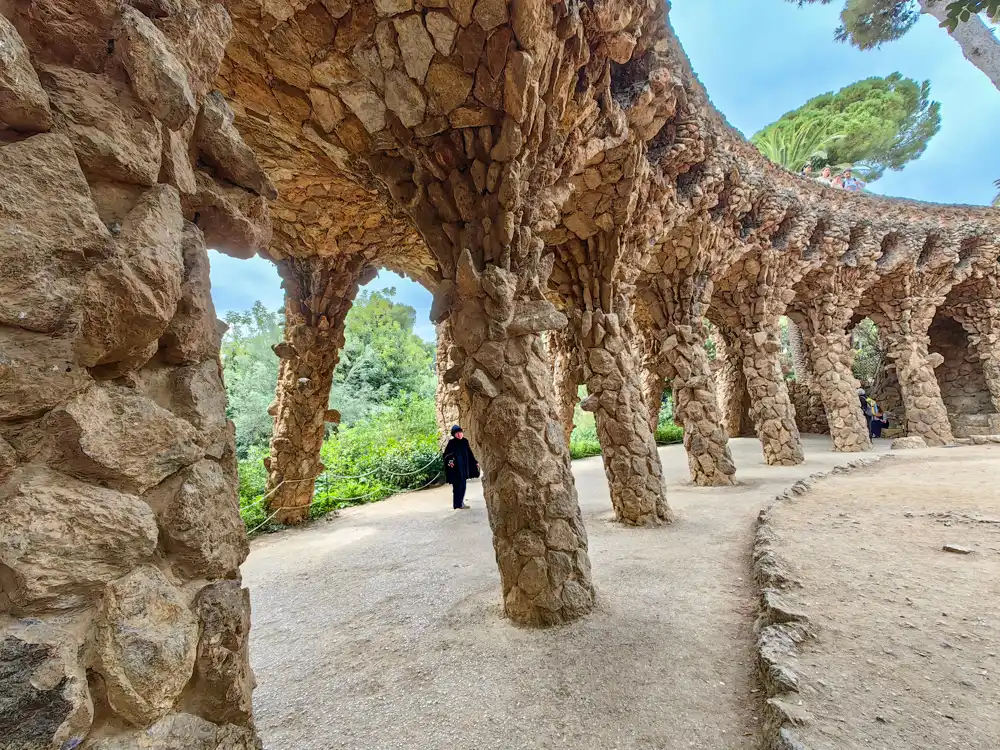
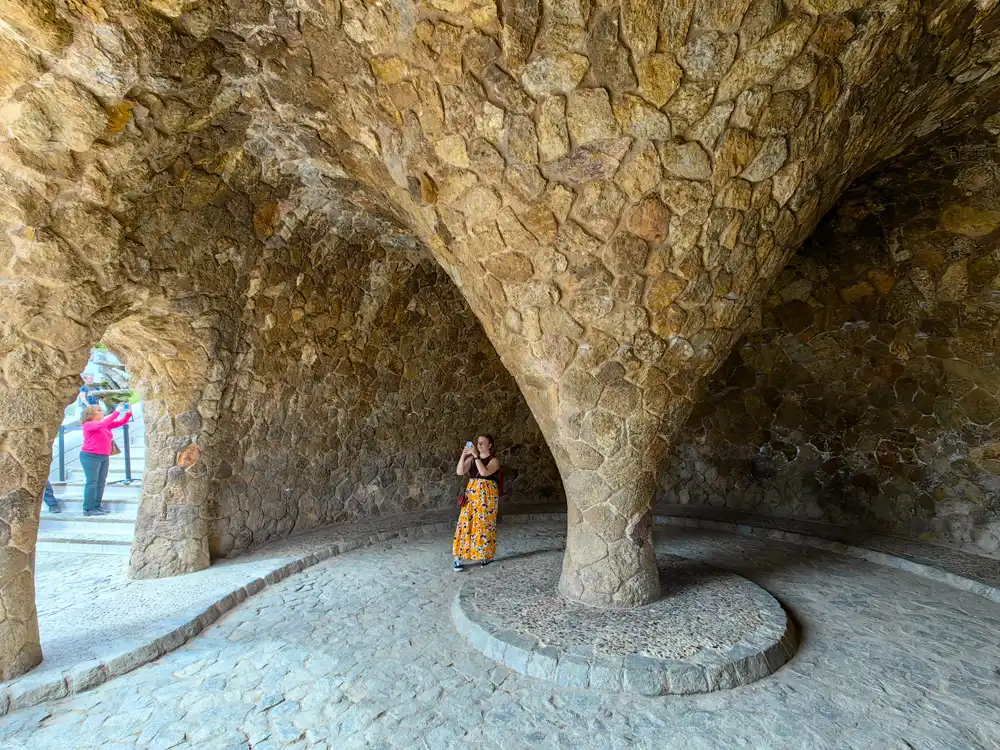
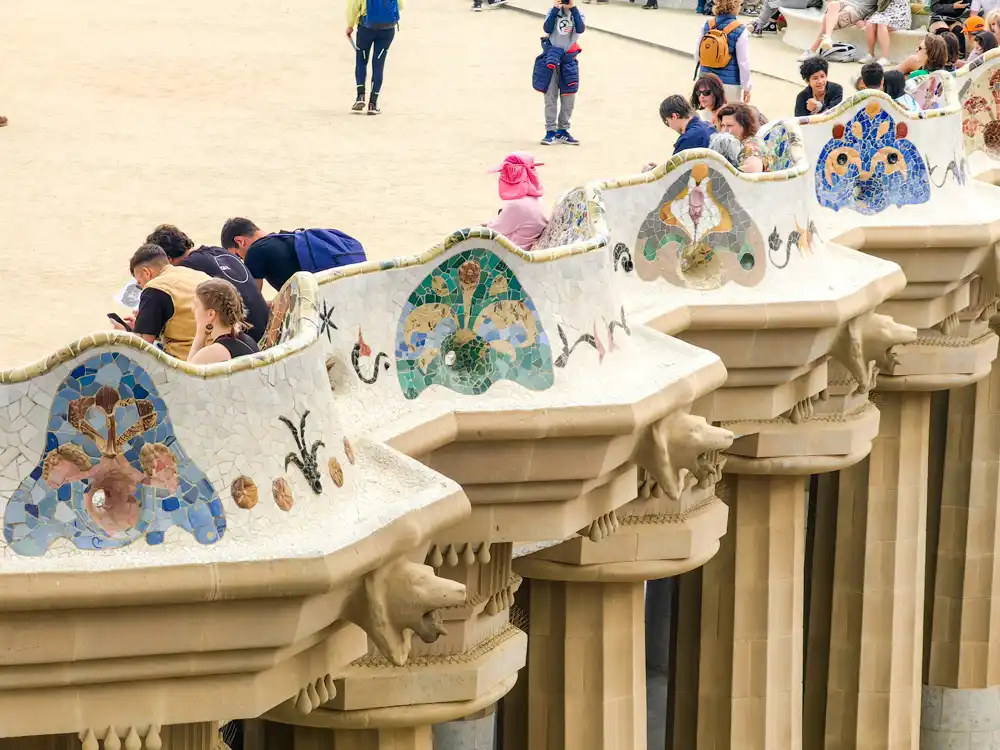
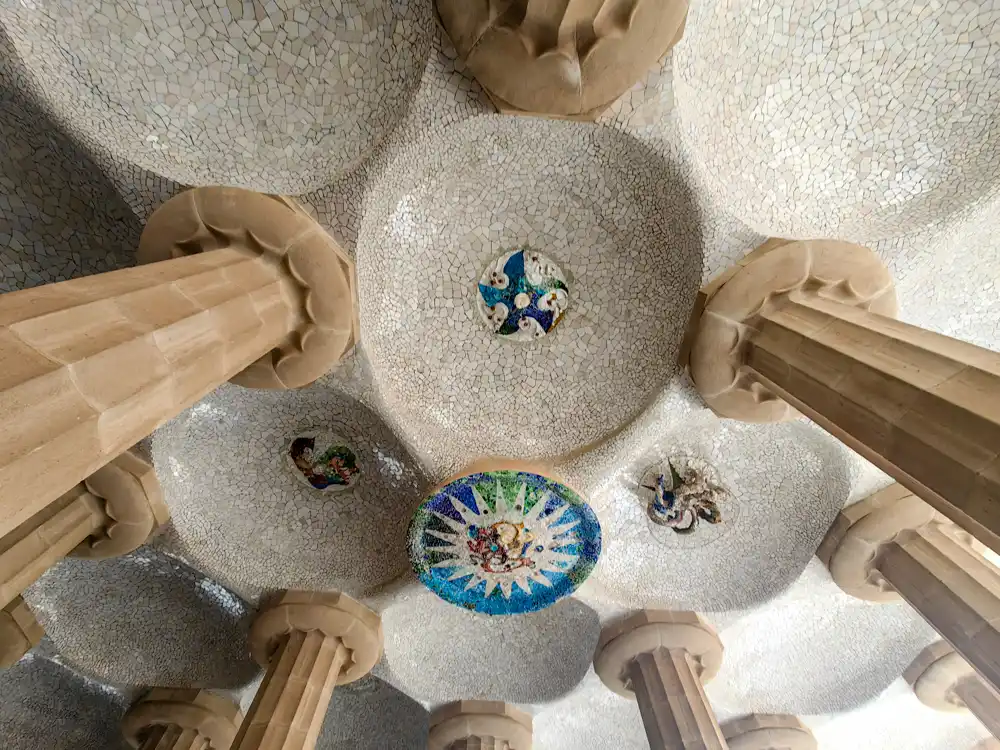
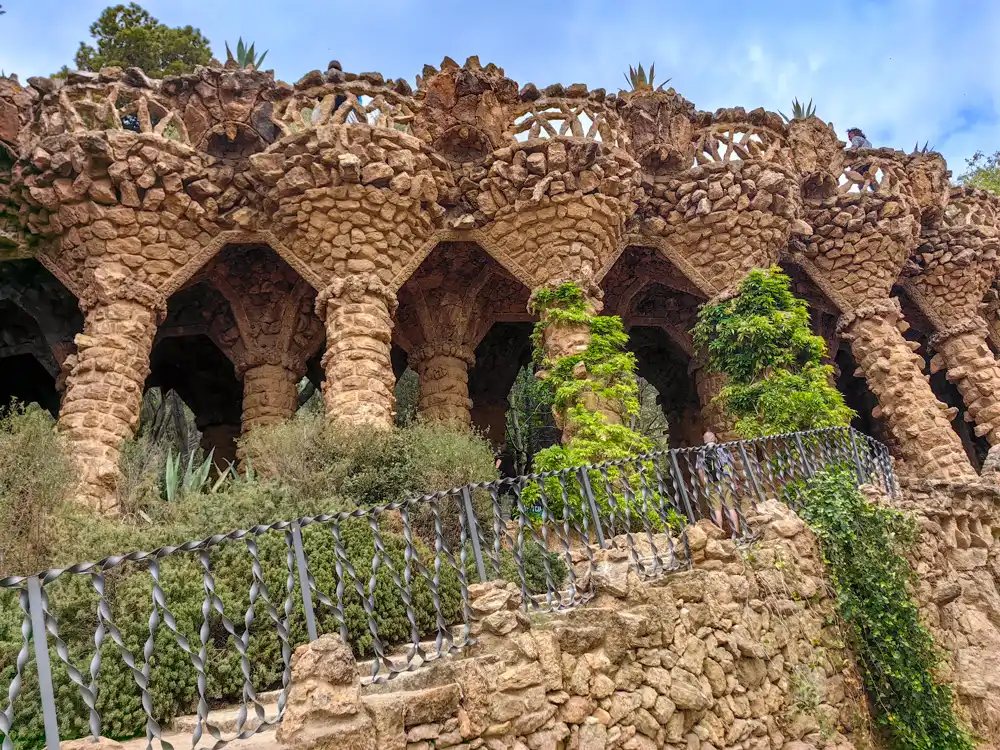
Park Güell was originally intended as a luxurious residential area, but it ended up as a surreal garden full of mosaic benches, bizarre shapes, and hidden corners.
Walking through it, I felt like I was in a dream rather than a city. The terraced platform with its mosaic serpent offers a panoramic view of Barcelona—the sea, rooftops, and the towers of the Sagrada Família standing in the distance like beacons from another world.
Sagrada Família
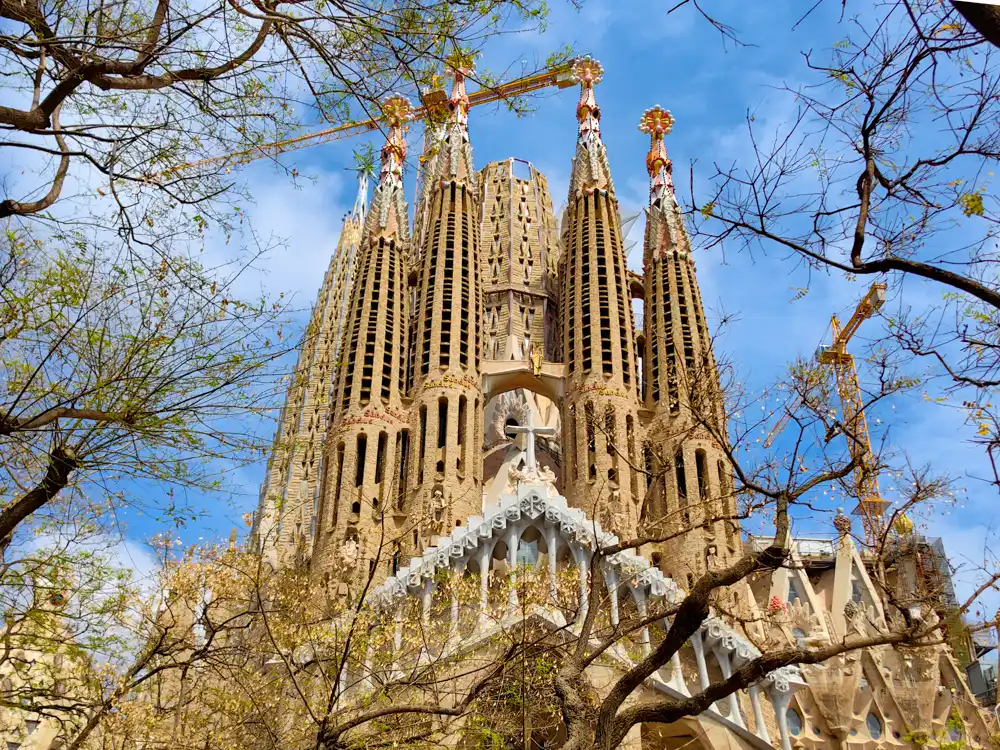
The Sagrada Família was Gaudí’s life’s work. The problem was that there was never enough funding to complete it. He sought money wherever he could—from wealthy patrons, church institutions, and later even by personally walking the streets of Barcelona asking for donations. Eventually, he gave up everything, including his personal comfort. He lived directly on the construction site in a modest workshop, which became his home until his death.
His death came suddenly and tragically. He was struck by a tram in the city, but since he looked like a poor beggar, no one recognized him immediately. Only later did Barcelona realize it had lost someone who had changed the city forever.
Gaudí’s Barcelona
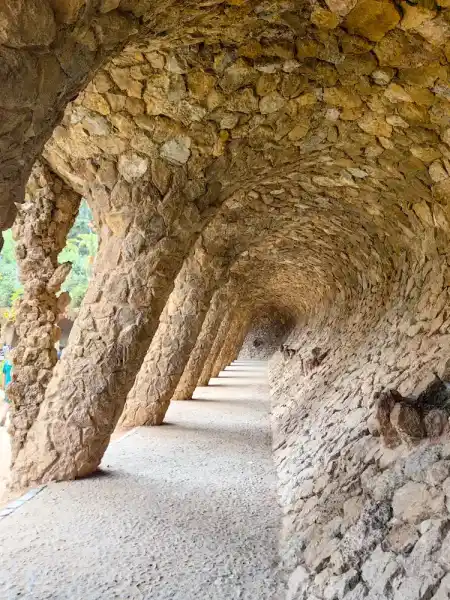
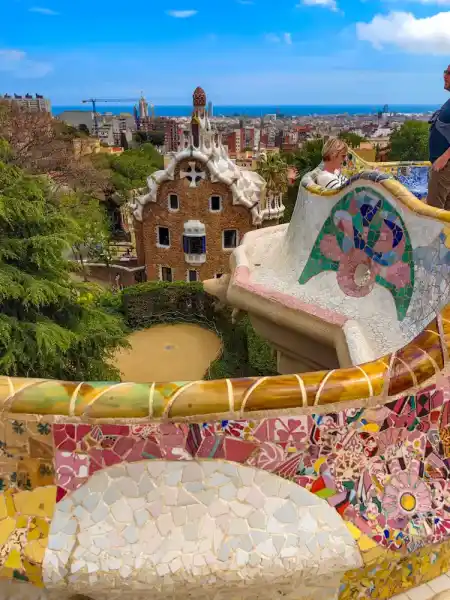
Today, millions of tourists walk its streets, taking pictures of his buildings, but the question remains—do they truly understand him? Gaudí was not just an architect. He was a man who believed that beauty is not created from perfect lines but from understanding nature.
I feel that if we really want to understand Gaudí, we must stop merely admiring his buildings and start feeling them. We must see them not as relics of the past but as something alive in the present. Because Gaudí didn’t build just for his time. He built for all of us—and, as I can’t resist saying with a bit of sarcasm, for the benefit of Barcelona’s city treasury.
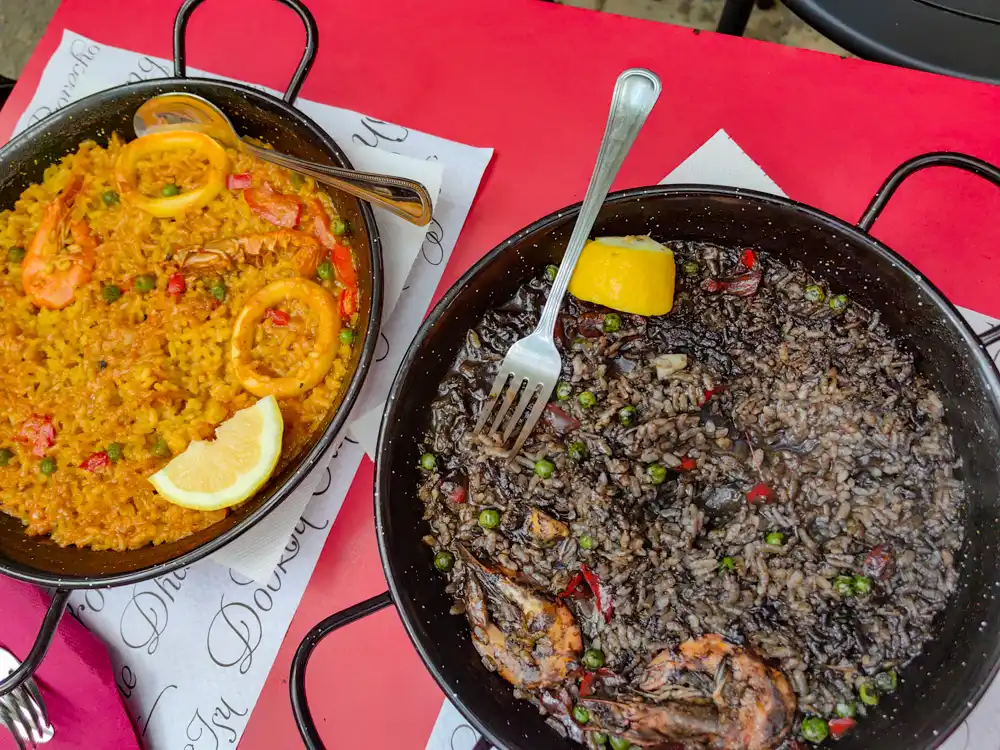
Useful Tip
Taste spanish Paella. Get tickets for any of his buildings online in advance. If you go without a reservation, you won’t stand a chance of getting in. If you want to see multiple landmarks, use the metro—it’ll take you everywhere without any hassle.

